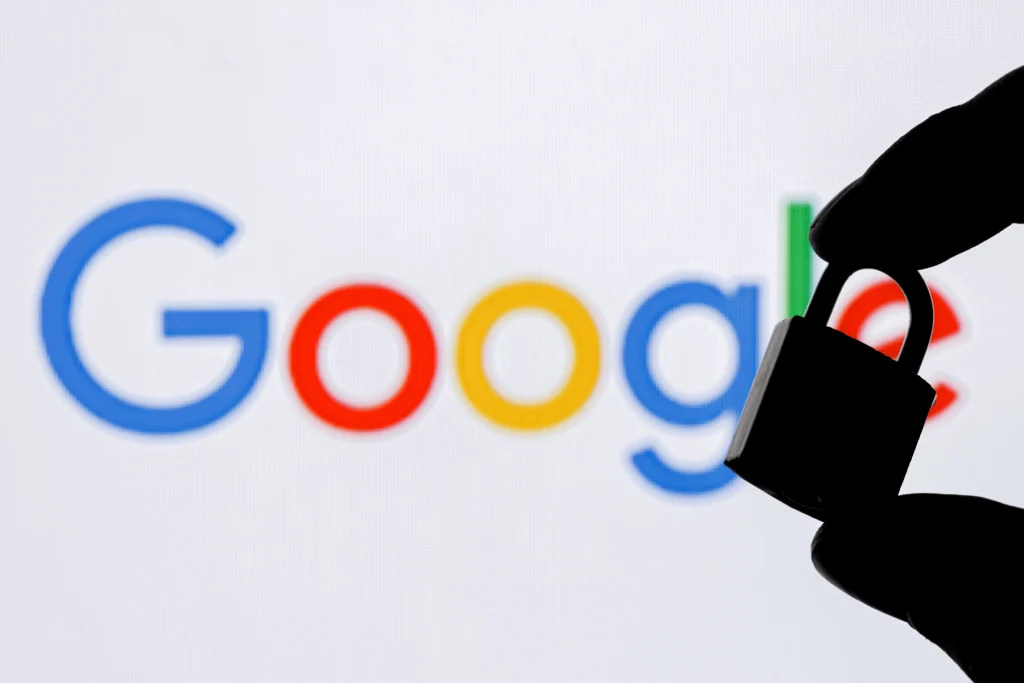In the world of digital marketing, storytelling is a powerful strategy that allows a brand to build a deep relationship with the consumer by increasing its ability to connect emotionally. Stories should be seen as a way to explain a brand's values, culture and mission, rather than simply promoting the product or service. Here's a look at the importance of storytelling in digital marketing and how its use can fuel success.
Why Storytelling?

Digital marketing involves the process of not only promoting product or service features but also creating an emotional connection with consumers and influencing them. Storytelling stands out as a powerful strategy in creating this emotional bond. People tend to be more engaged with meaningful and personal stories; Therefore, brands must communicate with consumers with stories that tell not only about their products, but also about their values, culture and mission.
Storytelling has the ability to create a deep connection with consumers by revealing a brand's character and personality. When people understand a brand's story, they not only buy its products but also form an emotional relationship with the brand. This bond ensures that consumers are loyal to the brand and see the brand as a reliable and familiar entity.
The Road to Success: Brands That Tell a Story

Many companies successfully use storytelling to increase brand awareness and grow their loyal customer base. For example, Nike's "Just Do It" campaign went beyond just being a brand selling sports products and told powerful stories that inspired consumers. These stories have contributed to consumers' perception of Nike as a lifestyle and source of motivation, moving beyond just seeing it as a brand.
By creating such connections, storytelling allows brands to engage with people on a deeper level, which strengthens long-term customer relationships. Now let's take a look at the campaigns that make a difference in the industry with their storytelling;
- Apple: “Think Different” Campaign; Apple shaped its brand identity with the "Think Different" campaign. This campaign told inspiring stories to consumers, emphasizing that Apple is not just a computer company, but also an innovative and thoughtful brand. Led by Apple founder Steve Jobs, this campaign associated the brand not only with its products but also with a vision and philosophy.
- Coca-Cola: “Share a Coke” Campaign; Coca-Cola has successfully used storytelling by providing consumers with a personalized experience with its “Share a Coke” campaign. Within the scope of this campaign, people's names were printed on Coca-Cola bottles, creating a special feeling for consumers. It's not just a drink, it's a tool for sharing and connecting. With this campaign, Coca-Cola increased brand loyalty by establishing an emotional bond with consumers.
- Dove: “Real Beauty” Campaign; With its “Real Beauty” campaign, Dove used storytelling by questioning beauty standards and celebrating different types of beauty. This campaign included powerful stories that highlighted women not only with their external appearance, but also with their inner beauty. This approach of Dove has established a deep connection with consumers, taking the brand beyond being just a cosmetic product provider.
Benefits of Storytelling
The benefits of using storytelling include increased brand loyalty, emotional bonding, increased customer interaction and increased content sharing. A good story makes your brand stand out and stay in consumers' minds. It also allows consumers to see your brand as a storyteller, not just a product or service provider.
Applying Storytelling Strategies
- Know your audience: To create effective stories, you must have a deep understanding of your target audience. Conduct market research, analyze customer insights and identify their desires, pain points and aspirations. This information will guide you to themes and narratives that will resonate with your audience.
- Create a compelling brand narrative: Develop a strong brand narrative that outlines your brand's mission, values, and unique selling proposition. Determine the main message you want to convey and how it aligns with the needs and desires of your target audience. Use this narrative as a foundation for all your storytelling efforts.
- Use multiple media channels: Storytelling is not limited to a single medium. Explore a variety of media channels to tell your brand's story, including videos, social media, blogs, podcasts, and even interactive experiences. Choose the formats that best suit your narrative and attract the attention of your target audience.
- Empower customers to share their stories: Encourage your customers to share their experiences and stories about your brand. User-generated content and testimonials add authenticity and expand the scope of your storytelling efforts. Leverage social media platforms and dedicated customer feedback channels to promote and curate these stories.
Deepen Your Brand and Connect with Consumers





